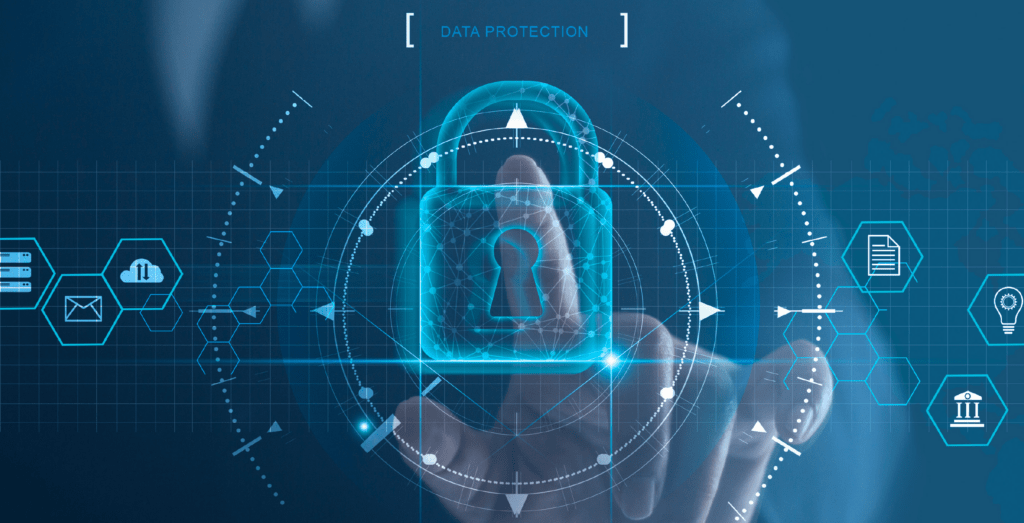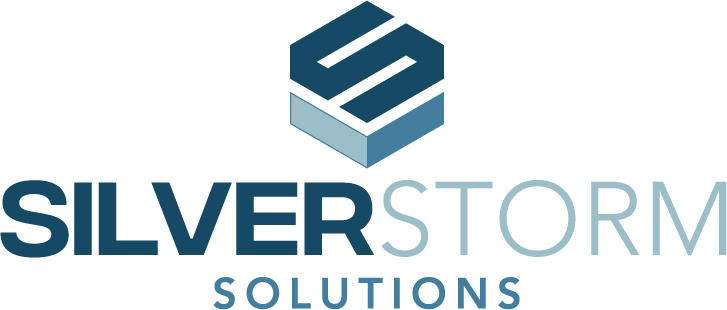Unveiling the Mysteries of the Dark Web: Frequently Asked Questions Answered
Explore the Dark Web and Stay Informed with Expert Answers.
Frequently Asked Questions

Dark Web Surveillance and Analytics
Remember, the goal is to minimize exposure and mitigate risks proactively. The Dark Web itself is not illegal, but many of its anonymous capabilities are exploited for illicit activities. Safeguarding your personal and organizational data to stay ahead of potential threats.
Ready to Elevate Your Business?
Explore our comprehensive IT solutions for your business needs.
